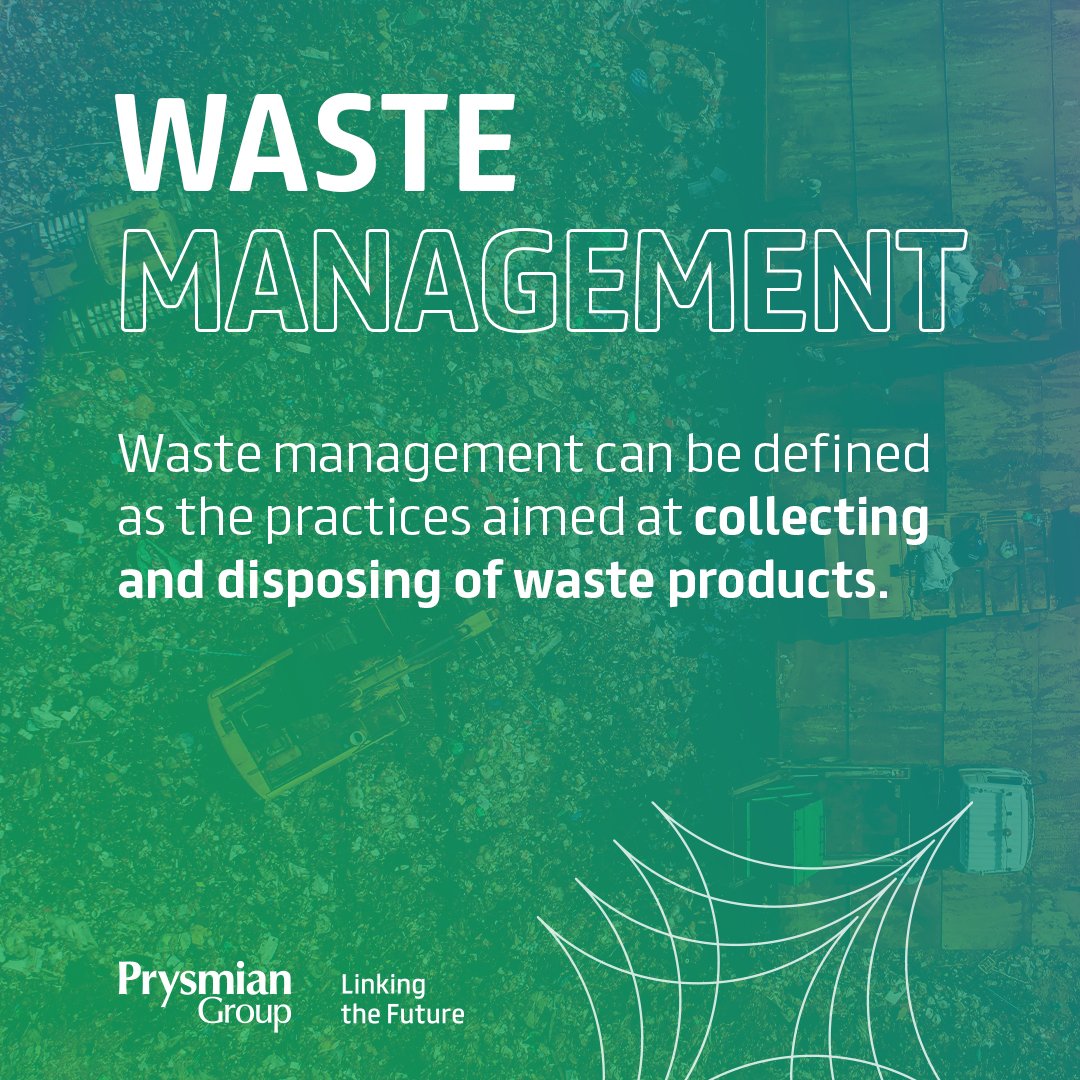Not known Details About Reclaim Waste
How Reclaim Waste can Save You Time, Stress, and Money.
Table of Contents4 Easy Facts About Reclaim Waste DescribedHow Reclaim Waste can Save You Time, Stress, and Money.Top Guidelines Of Reclaim WasteExcitement About Reclaim WasteExcitement About Reclaim Waste
Domestic sewer waste refers to the waste and products from a household septic container. The appropriate administration and disposal of domestic sewage waste need fluid waste to be moved to a sewer treatment plant where the proper techniques and devices are used to cleanse and dispose of waste.
Industrial waste typically consists of possible dangers, such as flammable materials or a blend of fluid and solid waste products, and calls for a much more sophisticated and detailed disposal procedure. The disposal of industrial waste normally includes the purification of waste before transportation to guarantee safe and appropriate disposal. Hazardous waste is produced from results and overflow of commercial procedures and production.
This sort of waste can not utilize the same sewage monitoring transportation or processes as septic or business liquids. The hazardous waste monitoring procedure needs the inspection and testing of fluid waste before it goes through the disposal process (liquid waste removal). Runoff waste is the fluid waste that originates from runoff and excess stormwater in extremely inhabited locations or cities
Overflow waste can create contamination and flooding if not dealt with effectively. Ensuring appropriate waste administration can protect against disasters and decrease ecological damage.
A Biased View of Reclaim Waste
Call PROS Solutions today to discover our waste management and disposal services and the correct methods to care for the fluid waste you create.
(https://linktr.ee/leonaube33101)This supposed 'wastewater' is not only a vital resource but, after therapy, will certainly be released to our land, rivers or the ocean. Used water from commodes, showers, bathrooms, kitchen sinks, washings and commercial processes is recognized as wastewater.

water made use of to cool down machinery or clean plant and devices). Stormwater, a form of wastewater, is overflow that streams from agricultural and city areas such as roofings, parks, yards, roads, paths and gutters into stormwater drains pipes, after rainfall. Stormwater streams neglected directly to visit this website neighborhood creeks or rivers, ultimately reaching the ocean.
The Facts About Reclaim Waste Uncovered
In Queensland, the majority of wastewater is dealt with at sewage treatment plants. Wastewater is carried from residential or industrial websites with a system of sewers and pump stations, referred to as sewage reticulation, to a sewage treatment plant. Neighborhood federal governments build, keep and run most sewer therapy plants. Operators are licensed under the Environmental Defense Act 1994 to release cured wastewater at an acceptable ecological criterion into waterways.
The Division of Natural Resources suggests city governments about handling, operating and maintaining sewerage systems and therapy plants. In unsewered locations, city governments might call for owners to set up specific or household sewage therapy systems to deal with residential wastewater from bathrooms, cooking areas, restrooms and laundries. The Division of Natural Resources authorizes making use of household systems when they are shown to be reliable.
Most stormwater obtains no therapy. In some brand-new communities, therapy of some stormwater to get rid of clutter, sand and crushed rock has begun utilizing gross toxin catches. Wastewater therapy happens in four phases: Eliminates solid issue. Bigger solids, such as plastics and various other objects wrongly discharged to drains, are eliminated when wastewater is travelled through screens.
Wastewater after that flows into large storage tanks where solids work out and are gotten rid of as sludge. Grease and residue are skimmed from the surface area. Utilizes little living microorganisms referred to as micro-organisms to damage down and remove remaining dissolved wastes and fine fragments. Micro-organisms and wastes are integrated in the sludge. Removes nitrogen and phosphorus nutrients that might cause algal blooms in our rivers and intimidate water life.
The Best Strategy To Use For Reclaim Waste
Nutrient removal is not readily available at all sewage therapy plants because it needs expensive specialised devices. It is becoming more common in Queensland. Clear liquid effluent created after treatment may still consist of disease-causing micro-organisms. If this effluent is launched right into rivers such as rivers or the sea, the micro-organisms will ultimately pass away out.

The majority of wastewater moves into the sewerage system. Under the Act, regional federal governments administer approvals and permits for environmentally appropriate tasks (Ages) including wastewater launches that could have a local influence.
The Main Principles Of Reclaim Waste
Monitoring provides valid information about water top quality and can validate that licence conditions are being fulfilled. The info obtained with monitoring supplies the basis for making water high quality decisions.